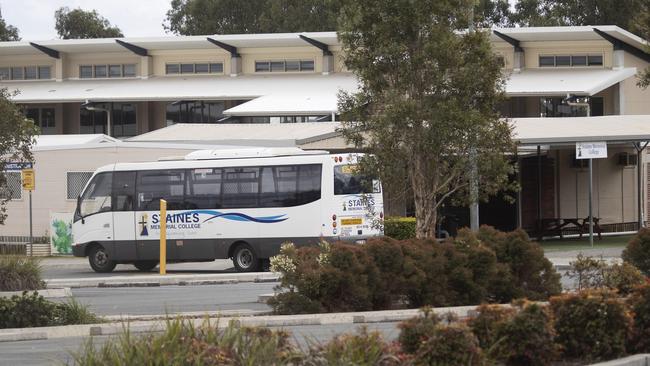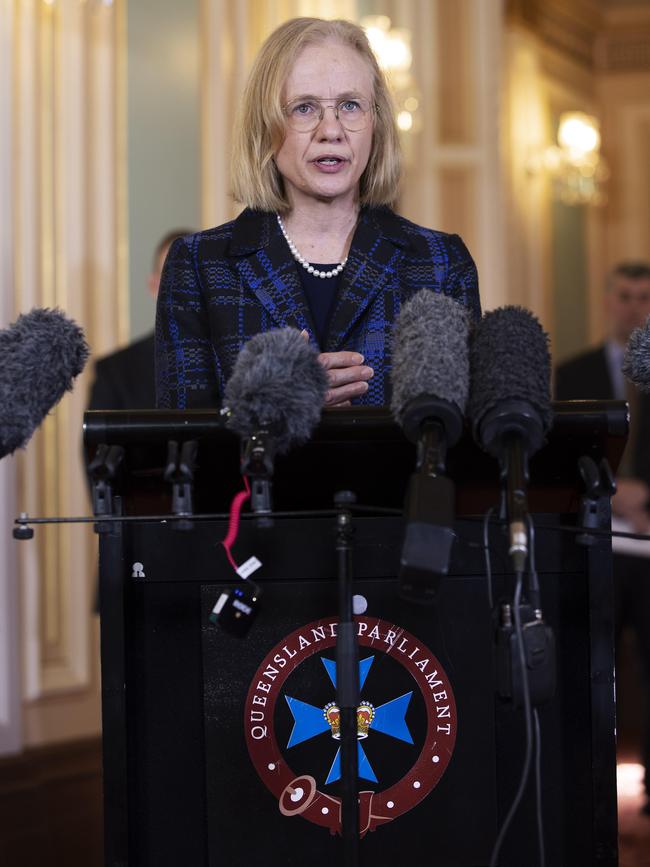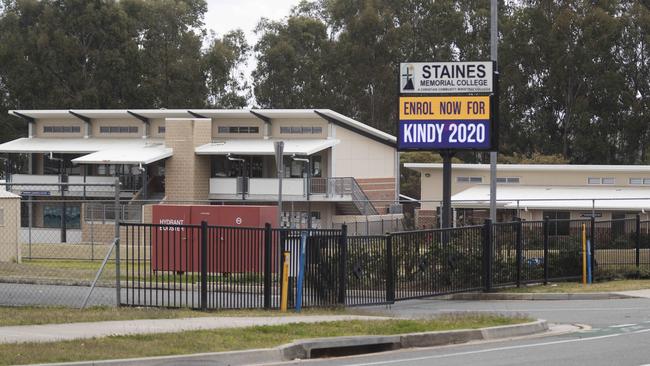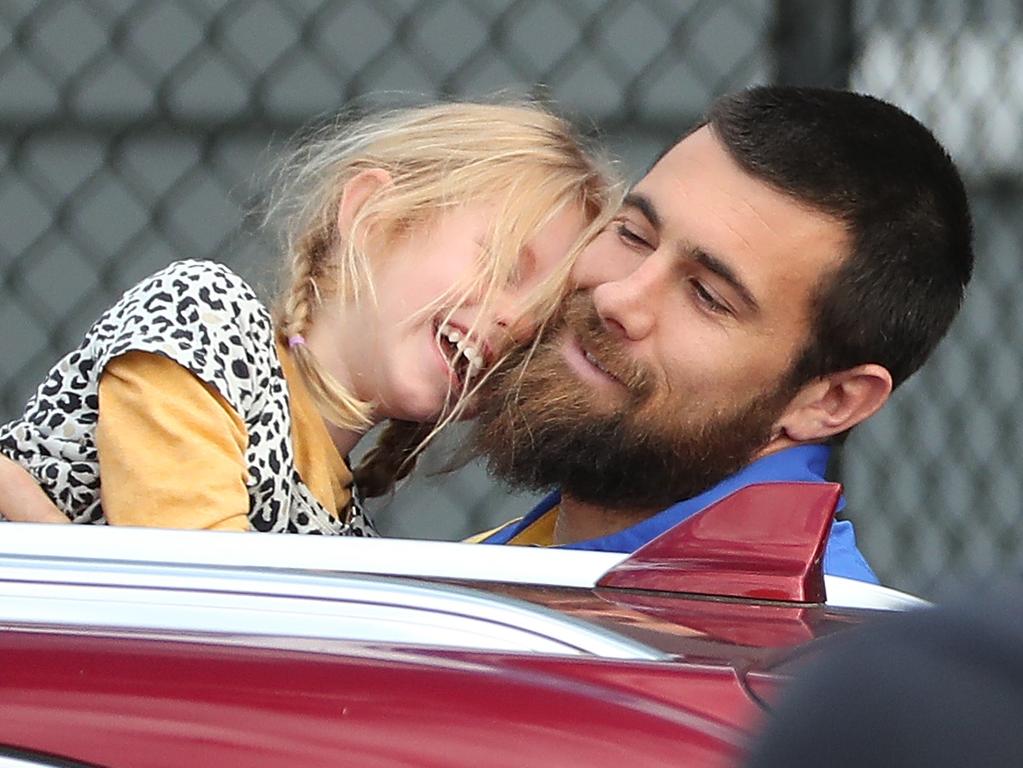Coronavirus: state of urgency as cluster fans out
Queensland has warned that 3.6 million people on Brisbane’s urban fringe must consider themselves ‘casual contacts’ of COVID-19 carriers.

Queensland Chief Health Officer Jeannette Young has warned that 3.6 million people in the state’s southeast must consider themselves “casual contacts” of COVID-19 carriers fanning an increasingly dangerous outbreak on Brisbane’s urban fringe.
The alarm widened on Sunday when another four cases emerged from a cluster that began with an infected supervisor at the Queensland Youth Centre at Wacol in the city’s outer west and spread to the nearby Queensland Corrective Services Academy.
This in turn has been traced to a border security breach in July by three young women alleged to have travelled illegally to Melbourne to become the first link in the transmission chain.
Contact tracing by Queensland Health underlines the wildfire-like capacity of coronavirus to jump from the workplace to home and then to school and childcare — compounding the challenge of containing the COVID-19 eruption before it spiralled out of control.

A grim-faced Dr Young said the additional four cases took to eight the number reported over the weekend, a jolt for a state accustomed to weeks of zero infection announcements.
“I am not confident that the cluster is completely contained, which is why we need to have the restrictions that have been put in place,” she said, affirming that a social distancing crackdown imposed on Greater Brisbane and the Gold Coast had been extended west to Toowoomba and to towns on the Darling Downs, as well as to the Indigenous community of Cherbourg.
Reinforcing the CHO’s message that everyone in Queensland’s thickly-populated southeast was at risk of at least casual contact with an infectious person, Premier Annastacia Palaszczuk said the rule limiting household gatherings to a maximum of 10 had to be followed.
“Everyone should be social distancing,” she said. “You’ve heard Dr Young. Now is the time we should be doing all of the right things because we know there is some virus in the community.”
Piece by piece, public health investigators are putting together the puzzle of how the virus appears to have broken through the hard border lockdown Ms Palaszczuk ordered in response to the emergency in Victoria.

Suspicion is firming that the index case was one of the Logan women accused of flouting the travel ban last month, two of whom returned home infectious and kicked up their heels at bars and restaurants on Brisbane’s southside before being diagnosed with COVID-19.
The first to go down at the Queensland Youth Detention Centre on August 20 was a 77-year-old female supervisor from Ipswich who was found to have the same strain of the virus, B. 1.1.25, as one of the young Logan women.
“We believe on the balance of probabilities that the Brisbane Youth Detection Centre is linked to the Melbourne-Logan cluster but we don’t have definitive proof and we don’t have the epidemiological link,” Dr Young said.
“But given … we are doing so much testing — 10,000 cases day after day, up to 20,000 cases — if we had another cluster out there we would have found it.”
Dr Young said it was not surprising that the youth detention centre outbreak had spread to the training academy, also at Wacol. The two staff members and their families interacted in the workplace and socially.
One of those infected at the academy had evidently contracted the virus from his wife, a friend of the partner of a staff member at the youth detention centre.
“We haven’t worked out the other cases at the academy but we do know from that one case alone there are a lot of links between the people who work at the Brisbane Youth Detention Centre and the people attending the academy,” Dr Young said.
Three of the latest four cases are members of a household at Forrest Lake, where two people had already tested positive to the virus.
The fourth case, also connected to a known infection, is believed to be a male student at Staines Memorial College in Redbank Plains, which is undergoing deep cleaning.
This takes to 22 the number known infections in the combined Wacol cluster, including a baby under one.
Dr Young said Queensland Health estimated that potentially infectious people from the Wacol cluster had spent the equivalent of more than 101 days in the community over the past fortnight.
“You can imagine my concern — 101 is a lot of opportunities,” she said.








To join the conversation, please log in. Don't have an account? Register
Join the conversation, you are commenting as Logout